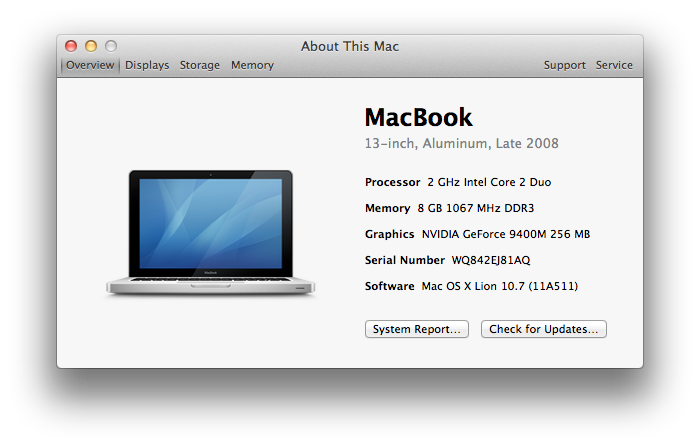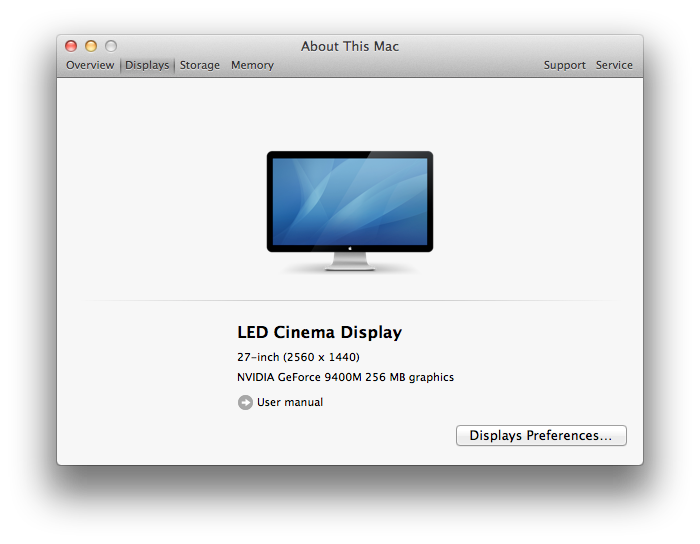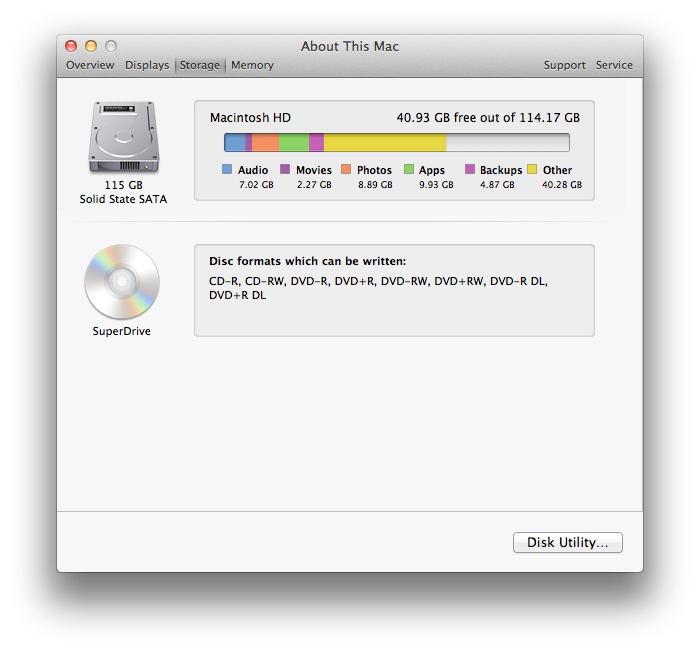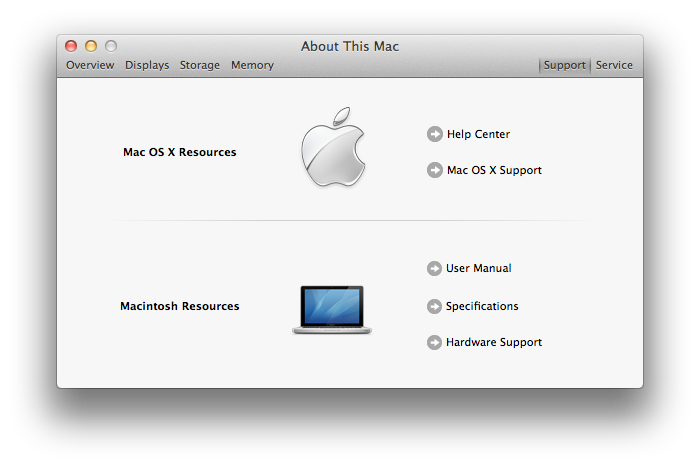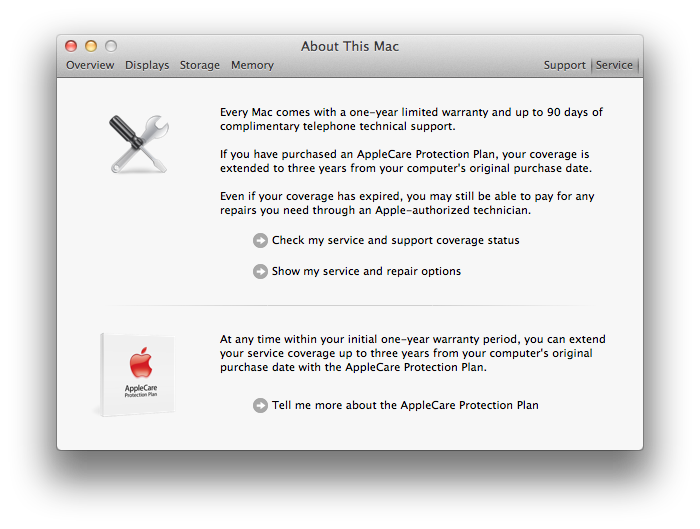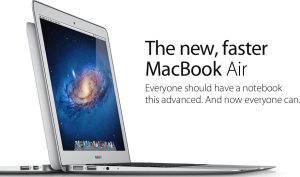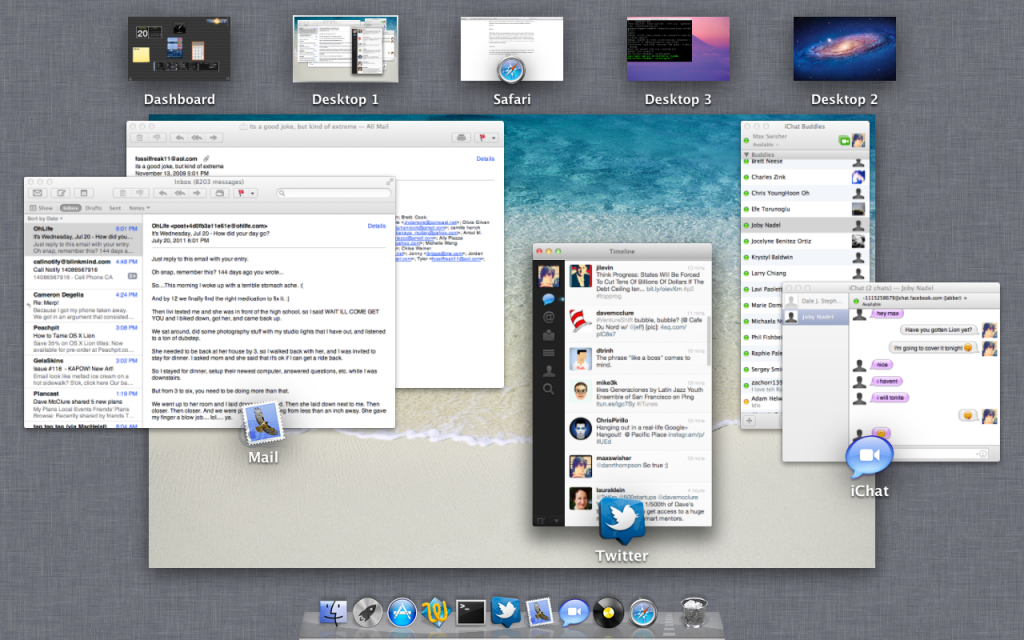Apple recently announced a refresh to the MacBook Air line which includes a much faster processor, bringing it up to par with other more-powerful machines. I didn’t think of it as much – MacBook Air is less slow and more go. This means that instead of being a shiny piece of cutlery, it can now actually be used for real life applications.
But what Apple didn’t make obvious is that they have completely eliminated the white MacBook from the line of their computers. Completely.
It’s gone.
Not a trace of polycarbonate shells anywhere.
This means that the MacBook Air is now the entry-level MacBook, and it features a faster processor and better graphics card while only taking up half of the space – for the same price. Sounds pretty good, right?
However there’s a downside: for the entry-level Macbook Air, you only get half as much storage as you would for the now eliminated entry-level white MacBook. The entry-level white MacBook came with a 160GB internal HDD standard, but the identically-priced entry-level MacBook Air comes with a mere 64GB of Solid State Storage. Solid State does have a benefit over normal HDDs in that they boast much faster read and write speeds, however media junkies will have to pay a bit more to get the space that their data craves in the MacBook Air.
I’m afraid this marks the end of the MacBook in general. Now there are only two notebook lines from Apple, both of which have a three letter word stuck to the end (Pro and Air). This also means that we are unibody-only; you will now be seeing VERY little plastic in the Apple stores in general (including the fake ones in china).
The MacBook had a great run and attracted TONS of sales – but with everyone investing their money in more updated and capable aluminum MacBooks, the original MacBook simply had to go.



